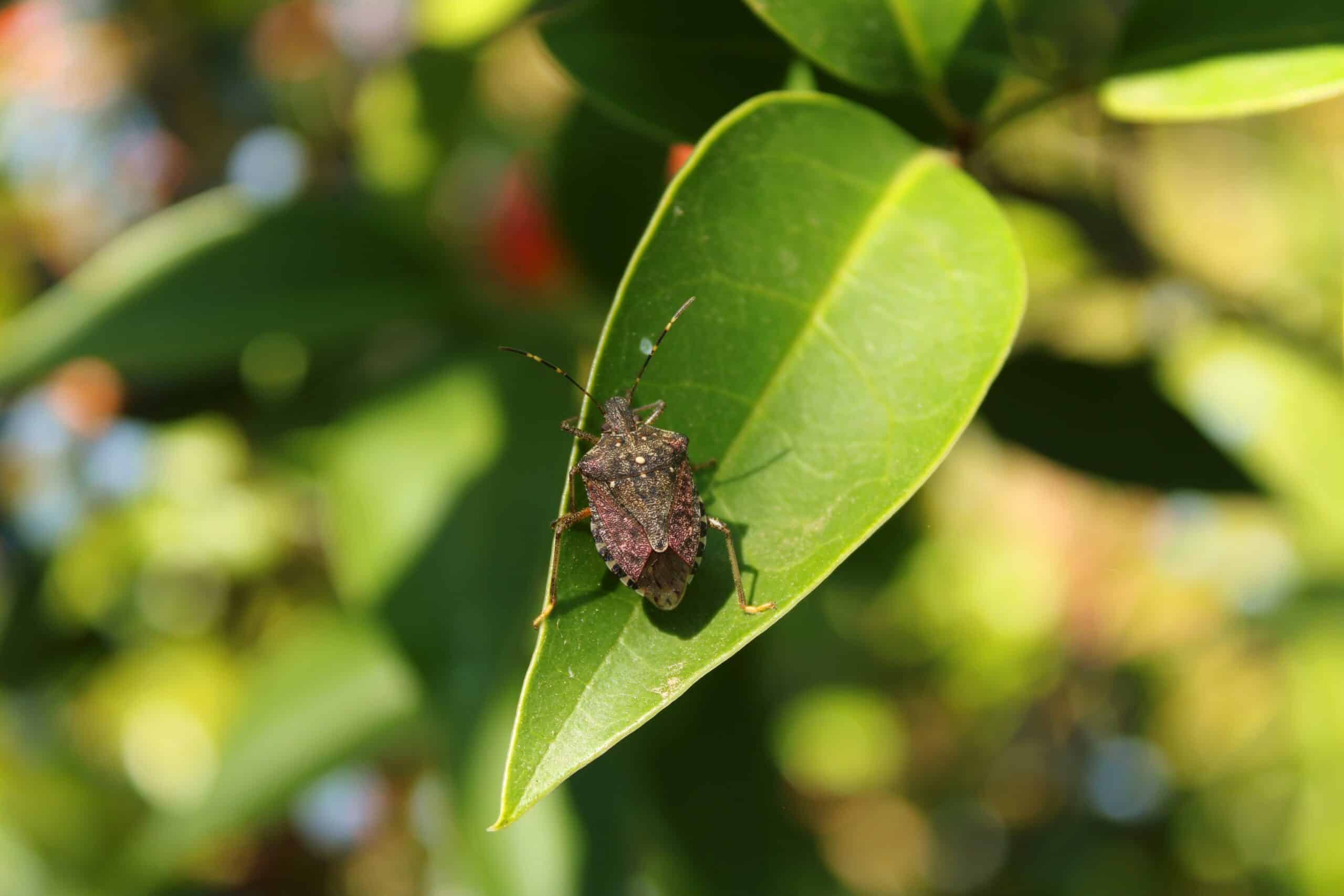The following goods fall under the target high-risk category and are subject to increased scrutiny:
All tariffs under the following chapters are categorised as Target High Risk Goods:
36 – Explosives; pryotechnic products; matches, pryophoric alloys
44 – Wood and articles of wood; wood charcoal
45 – Cork and articles of cork
57 – Carpets and other textile floor coverings
68 – Articles of stone, plaster, cement, asbestos, mica or similar materials
69 – Ceramic products, including sub chapters I and II
70 – Glass and glass ware
72 – Iron and steel – including sub chapters I, II, III, IV
73 – Articles of iron or steel
74 – Copper and articles thereof
75 – Nickel and articles thereof
76 – Aluminium and articles thereof
78 – Lead and articles thereof
79 – Zinc and articles thereof
80 – Tin and articles thereof
81 – Other base metals; cermet; articles thereof
82 – Tools, implements, cutlery, spoons and forks, of base metal
83 – Miscellaneous articles of base metals
84 – Nuclear reactors, boilers, machinery and mechanical appliances
85 – Electrical machinery and equipment; sound recorders and reproducers
86 – Railway, tramway locomotives, rolling-stock; track fixtures, fitting; mechanicals
87 – Vehicles other than railway or tramway rolling-stock, and parts and accessories thereof
88 – Aircraft, spacecraft, and parts thereof
89 – Ships, boats and floating structures
93 – Arms and ammunition; parts
Goods in this category do not require mandatory treatment but will undergo random inspection upon arrival. If BMSB is detected, the goods will be directed for onshore treatment.





